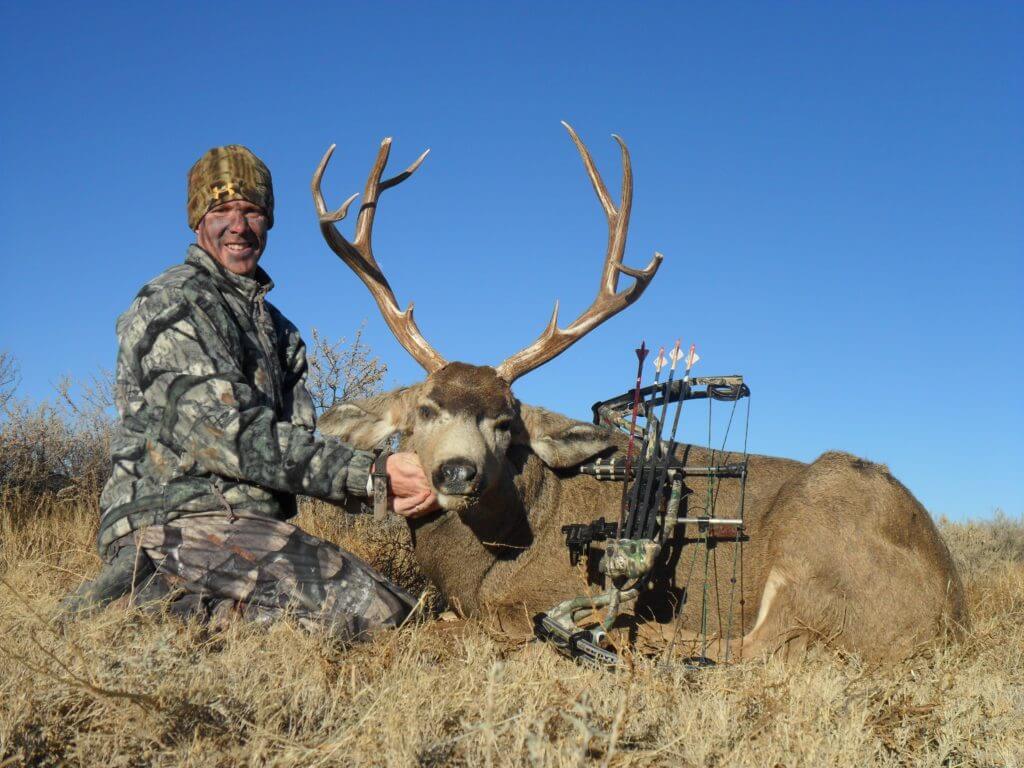
Yes, there’s something magical about an unsullied alpine basin — velvet racks bobbing in and out of the willows. With that noted, I’m a prairie rat. Born and reared in Colorado’s southeast corner, I started chasing plains mule deer at an early age. My addiction grew, and while I’ve chased wide-racked bucks above timberline in late August, I much prefer getting after them in the sage-dappled plains during their annual rut.
To date, I’ve chased November mulies in Colorado, South Dakota, Texas, and Nebraska. Tags in all but one of the above-mentioned states can be purchased over-the-counter. (Be sure to check annual regulations.) The exception is Colorado. The state has an all-draw system for both residents and non-residents for deer. The good news is drawing a plains archery unit in the Centennial State takes only a year or two of applying before pulling a tag.
Why Go The Plains Route?
Time is a bowhunter’s best friend. While most high-country tags are valid for around 30 days, plains tags, in most cases, allow the bowhunter multiple months to fill a tag.
Of course, there’s nothing like hunting an animal in the rut, and starting in mid-November and running through the first week in December, mature mule deer bucks begin to lose their minds. Being the terrain these plains dwellers inhabit is open and sparse, finding them is a matter of knowing your hunt area and putting quality optics to work. A pair of 10x or 12x binos are a must, as is a spotting scope. In addition to your optics, you’ll also want a spotting scope window mount for the truck as well as a tripod. Just like high-country mule deer hunting, you’ll be spending hours and hours behind glass.
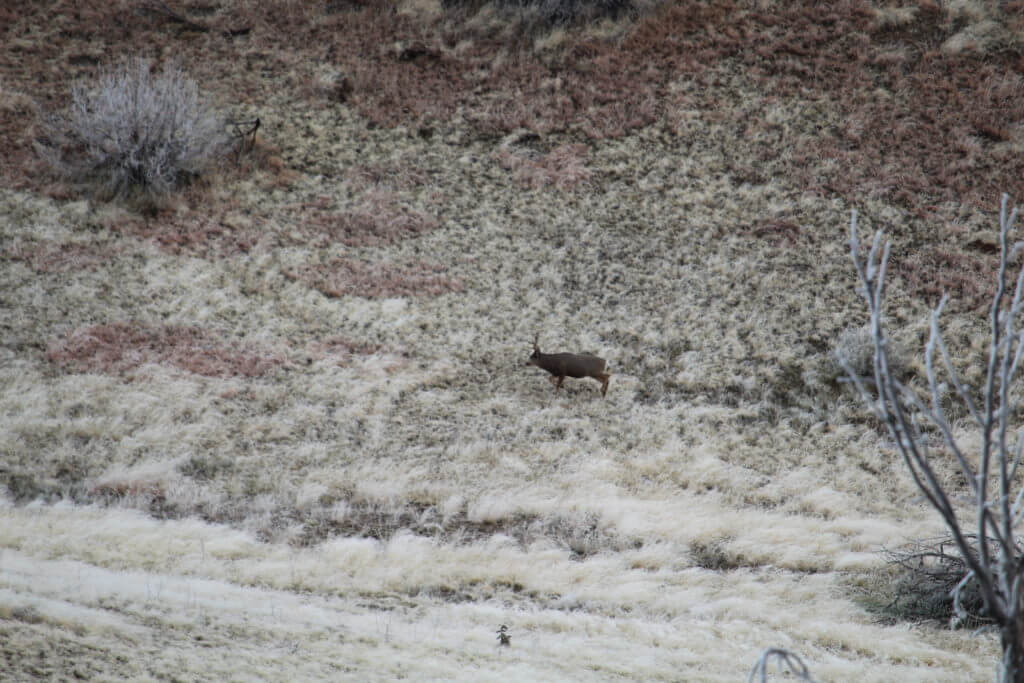
The major difference between late August bucks and November bucks is the amount of time they spend on their feet. If you don’t put eyes on a bachelor group within the first couple hours of the morning during an early-season mountain hunt, your odds of success drop drastically. Sure, you could turn up a bedded velvet rack inching above the willows, but it’s a tough task. During November, bucks are on their feet throughout most of the day courting does. Unlike whitetails, mule deer gather harems of girls much like a bull elk will round up cows. Keeping multiple girls in check takes work, and other bucks will constantly be cruising the area looking to steal a lady and pass on their genetics. Time on their feet allows you more time to locate them and put a plan of attack together.
Side of being able to locate deer throughout the day, rutting bucks allow the bowhunter to use multiple methods to find success.
Spot & Stalk
Spot and stalk is the preferred method of success for most plains mule deer goers, and while a lot has been penned about how to achieve success, here are a few of my special secrets that really help me seal the deal when slithering across the plains like a snake.
You’ll read a lot, even when it comes to chasing plains mule deer, about gaining a vantage point. Fine, but a vantage point on the plains may be a small 10-foot high hill. In fact, my favorite mule deer glassing point in southeast Colorado doesn’t rise up that far off the ground. The biggest thing when moving to a glassing point is not silhouetting yourself on your approach and making sure you have good back cover once you reach your glassing locale. I also spend lots of time glassing from the truck. There’s something to be said for covering country and spending time behind a spotting scope on a window mount.
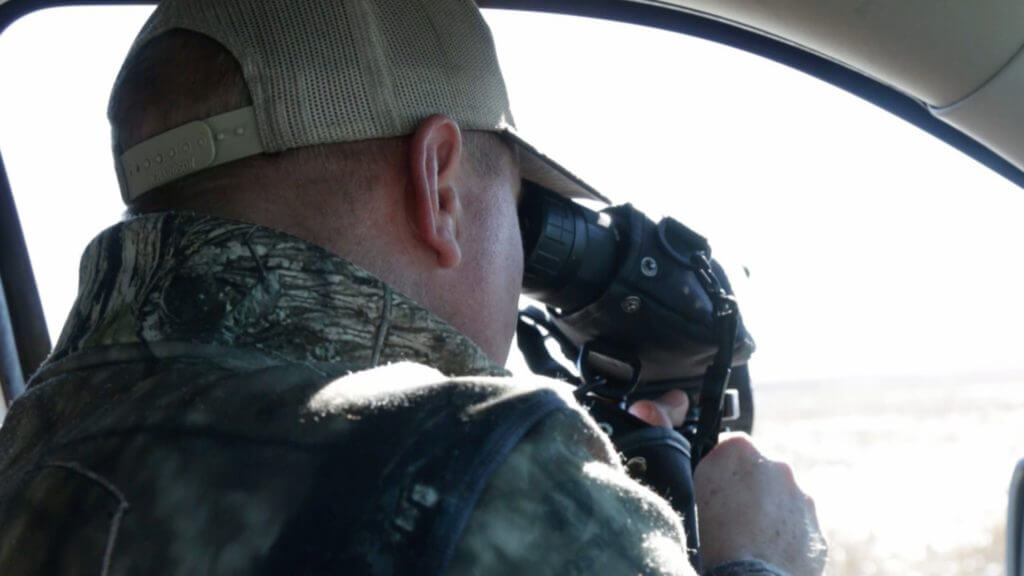
Another tip, once you locate a buck you want to go after, is not waiting for him to bed. It’s common for a rutting buck with does, or one without, to stay on the move. Determine a route of travel and try and intercept the buck as he moves across the terrain.
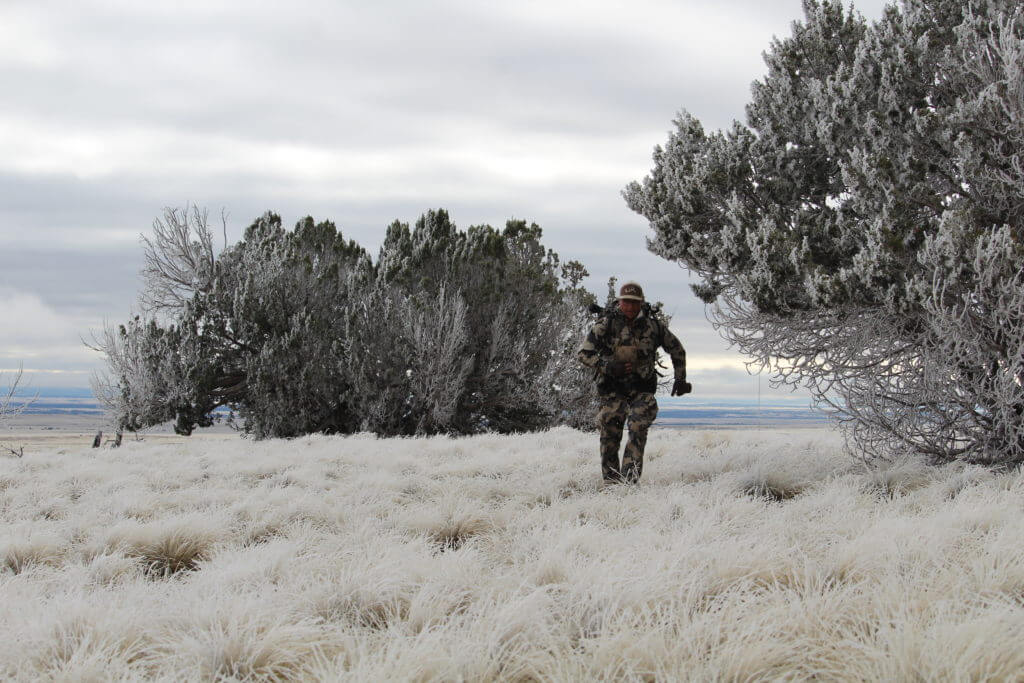
Should you luck into a bedded buck, take a few minutes to pull up onX maps and mark both your position and the position of the bedded buck. I also recommend taking out your smartphone and taking pictures of the landscape. Once you start your stalk, things on the plains can look very similar. Having photos to look back at as well as an estimated position of the buck come in very, very handy.
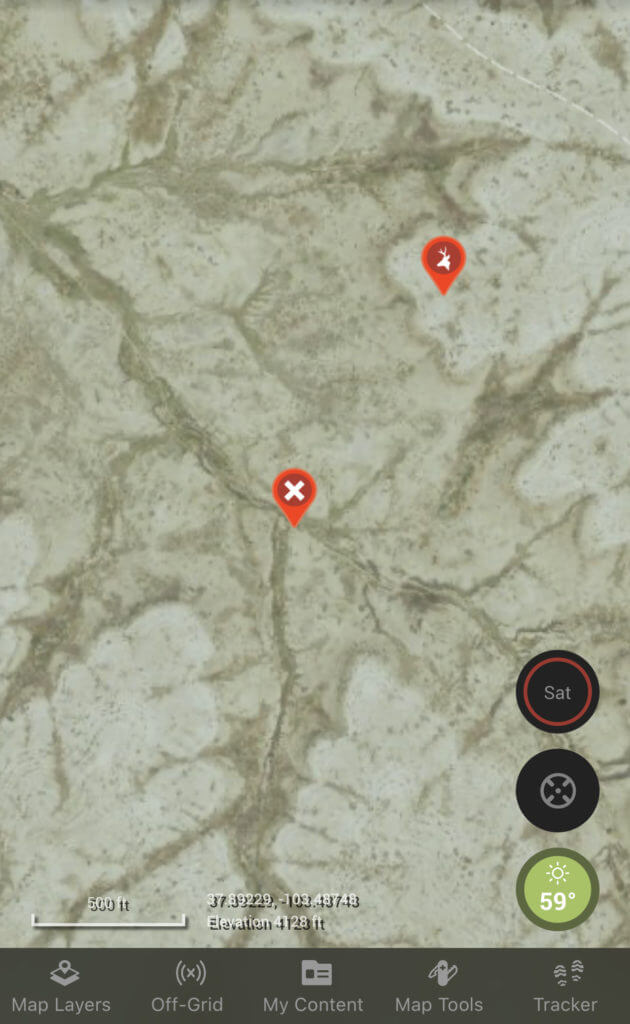
Climb A Tree
This method gets overlooked but is highly effective. Many plains areas have small creeks snaking through them. Most of these creeks have a cottonwood or three on them. In addition, there always seems to be that one lone cottonwood standing tall amongst a sea of CRP. Mule deer like to travel creeks and the like. Creeks contain water and often provide ideal bedding cover. If hands-on recon reveals a pattern of mule deer cruising up and down a creek, toss a stand on your back and get in.
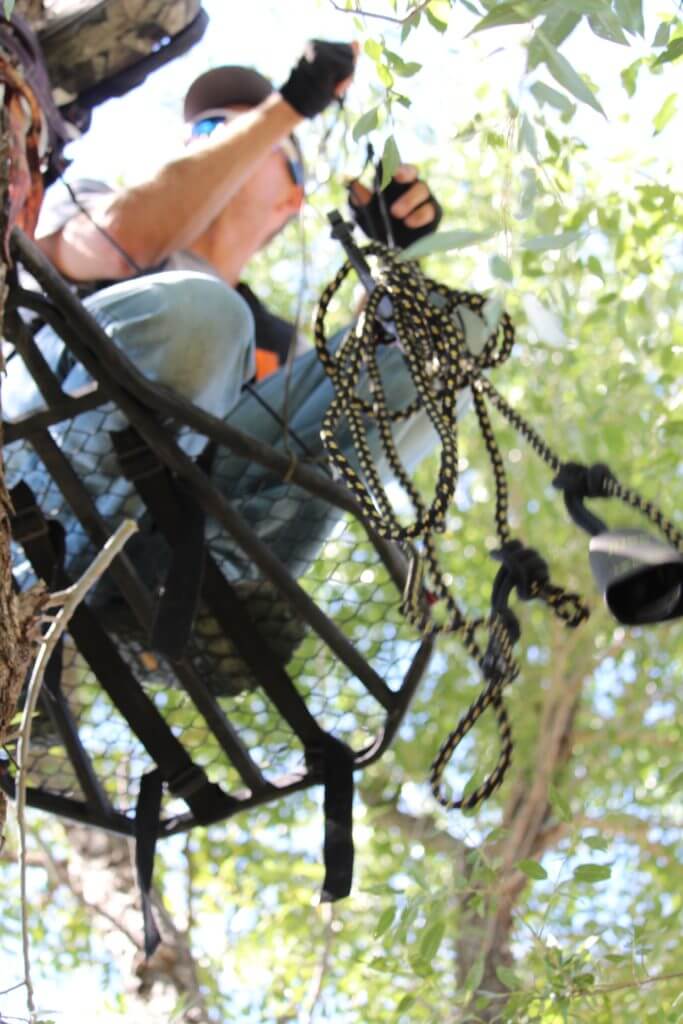
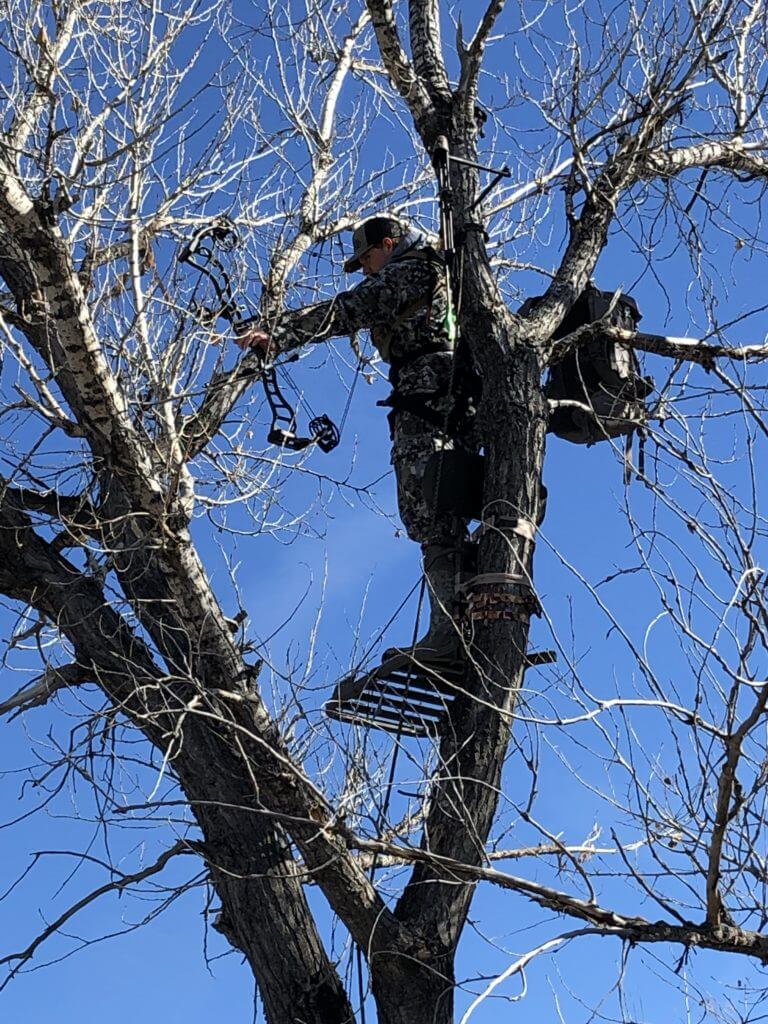
If you find that lone tree during a glassing foray, keep an eye on it. Mule deer seem to be drawn to lone trees on the plains like moths to a flame. If you see deer moving past a tree, wait for them to clear the area, toss a stand on your back and go take a look. My bet is you’ll find multiple trails pounded with tracks going by the tree. Don’t be afraid to set up.
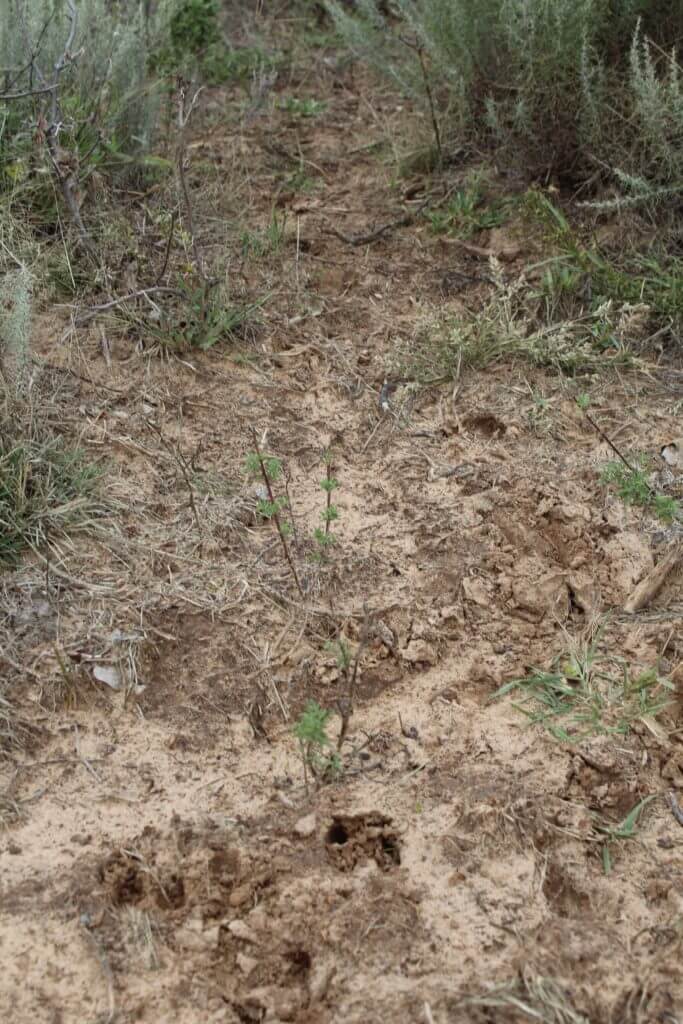
When hunting mulies from an elevated perch, you don’t have to get very high, and often, crooked cottonwoods will prevent you from getting to the standard whitetail height of 18 feet. Mule deer aren’t accustomed to looking up to detect danger. I’ve killed them in stands as low as six-feet off the ground. It’s also important to tote an adjustable, diminutive-sized stand. Most prairie cottonwoods are as crooked as a winding mountain road. You need a stand that boasts an adjustable platform and can fit in small spaces.
Decoy That Sucker!
Dominant mule deer bucks will often respond to a decoy. Two of my favorites are bow-mounted models from Ultimate Predator Gear and Heads Up Decoy. Both offer buck and doe options, and I’ve experienced success with both sexes of decoys. I also know of multiple bowhunters who’ve opted for bow-mounted whitetail-style decoys and experienced success.
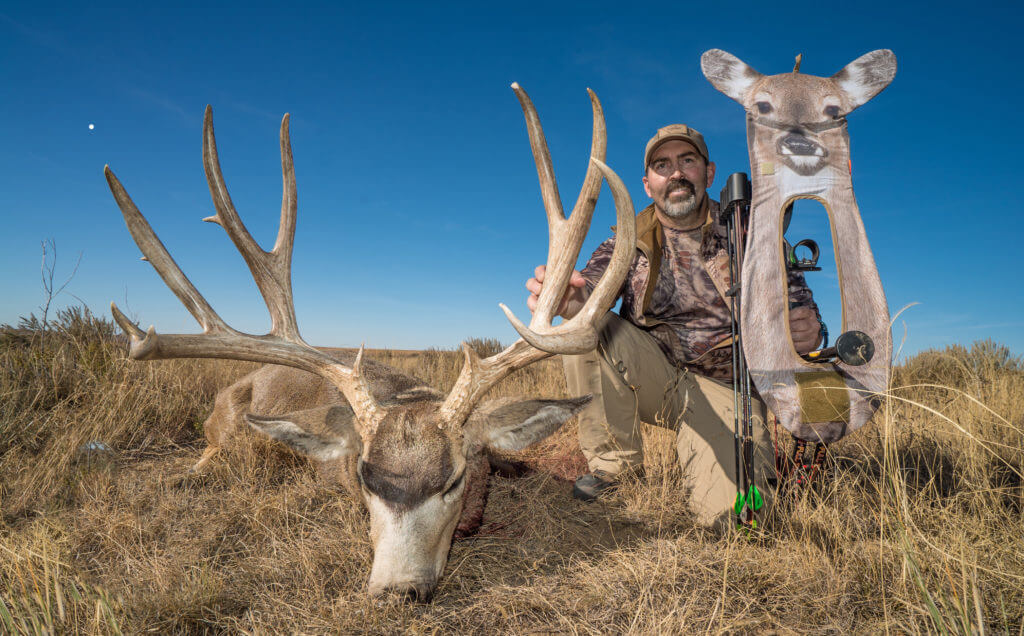
I do like to rattle at mule deer bucks; another tip that often gets overlooked. While they often don’t respond as quickly or aggressively as whitetails do, a rattling job will often get the attention of a buck. The buck may come slowly, and you may have to stay on the horns, but if you have a buck decoy attached to your bow, it can work like a charm. Another tip when decoying is to work with a buddy. Attach a doe decoy to your bow and get in front of a buddy who is holding a buck decoy. This creates a realistic situation a buck often can’t resist.
Best Week
I often get asked, “What’s the best week to hunt rutting mule deer bucks?” There is no exact answer to this question, but I will note that I’ve killed four mule deer bucks on the 26th of November.

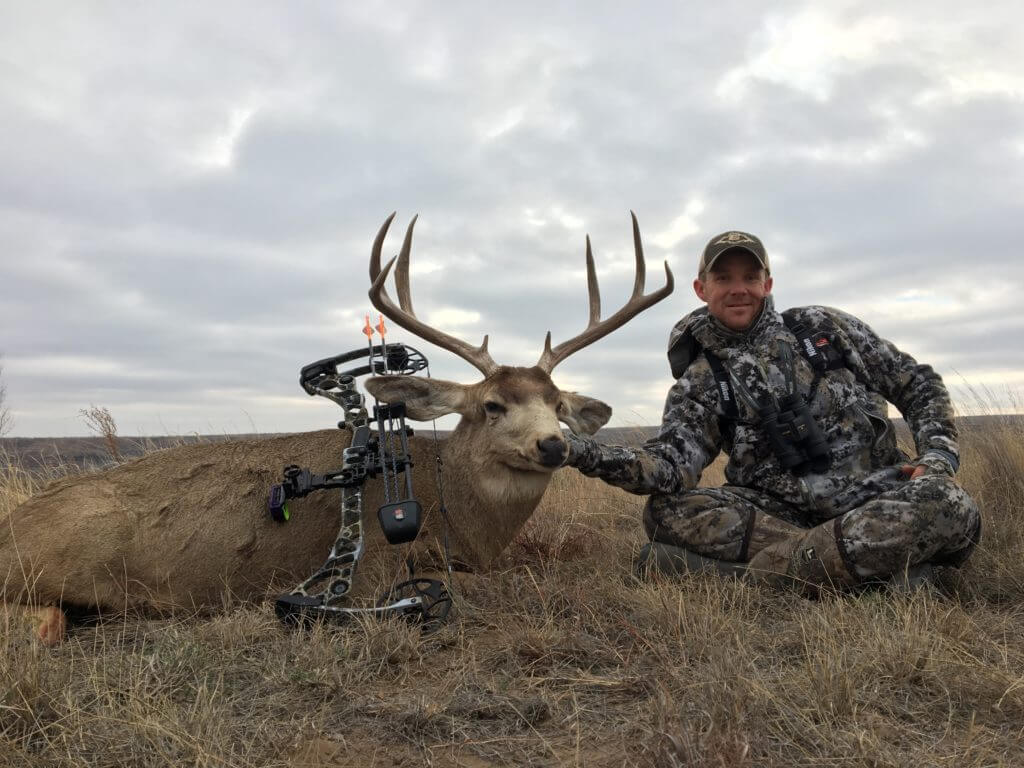
Enjoy the process of chasing plains mule deer. It’s super addictive!